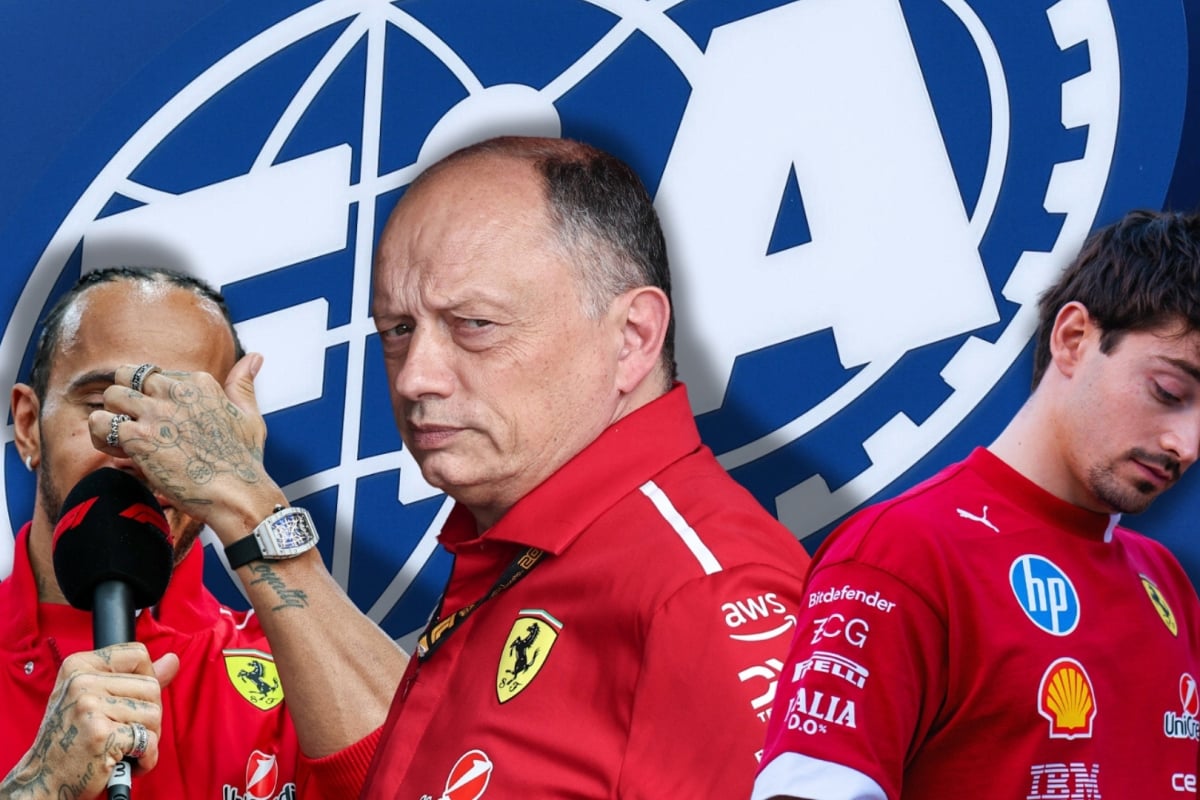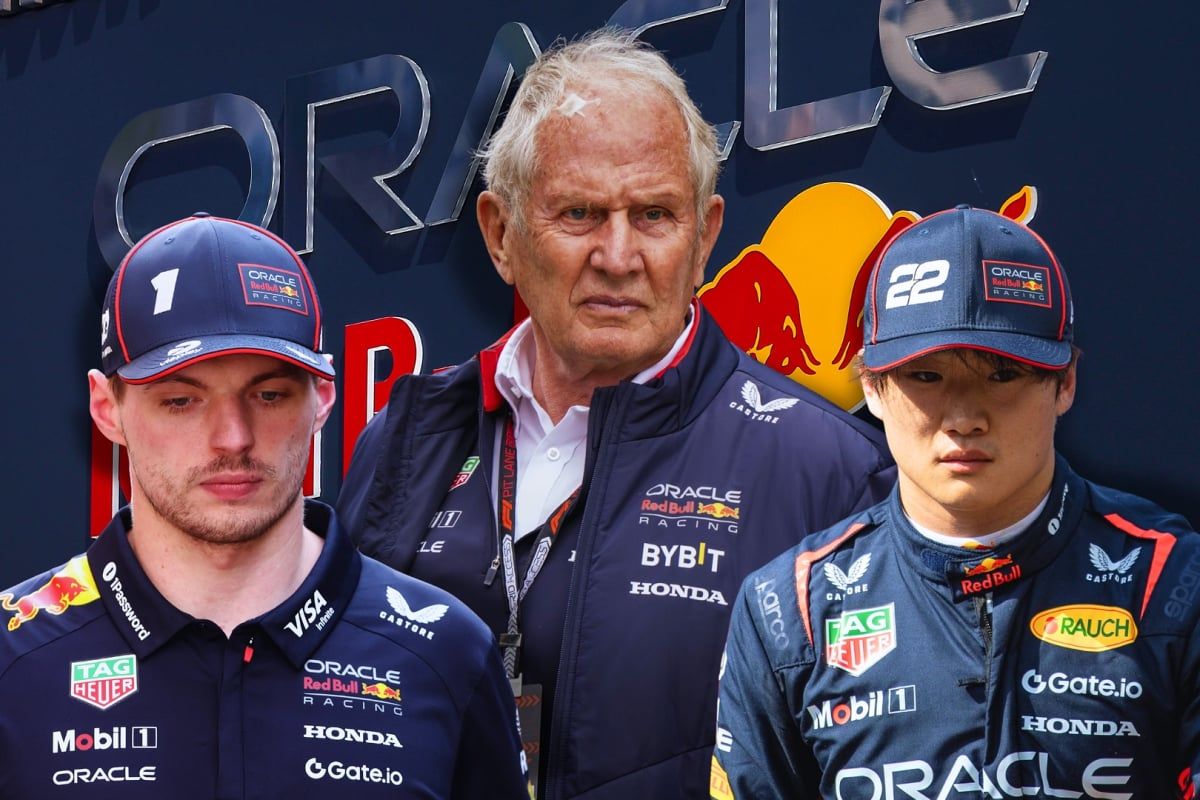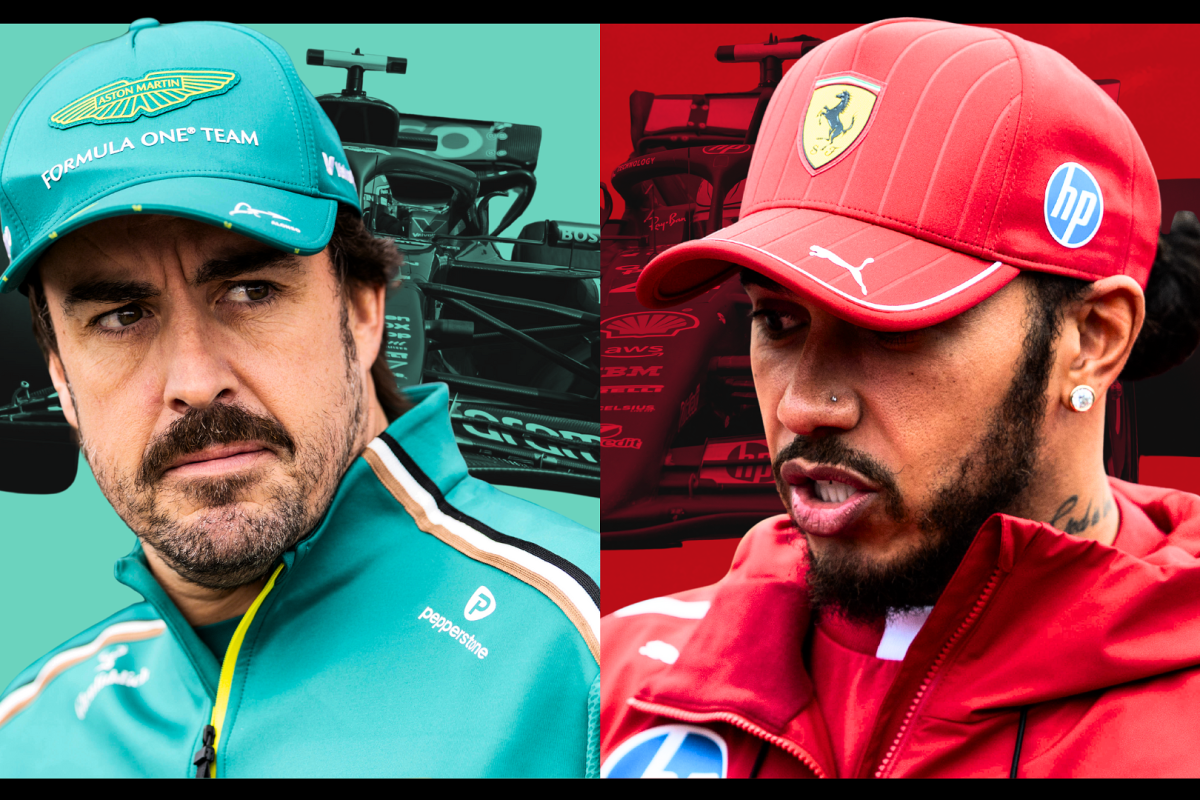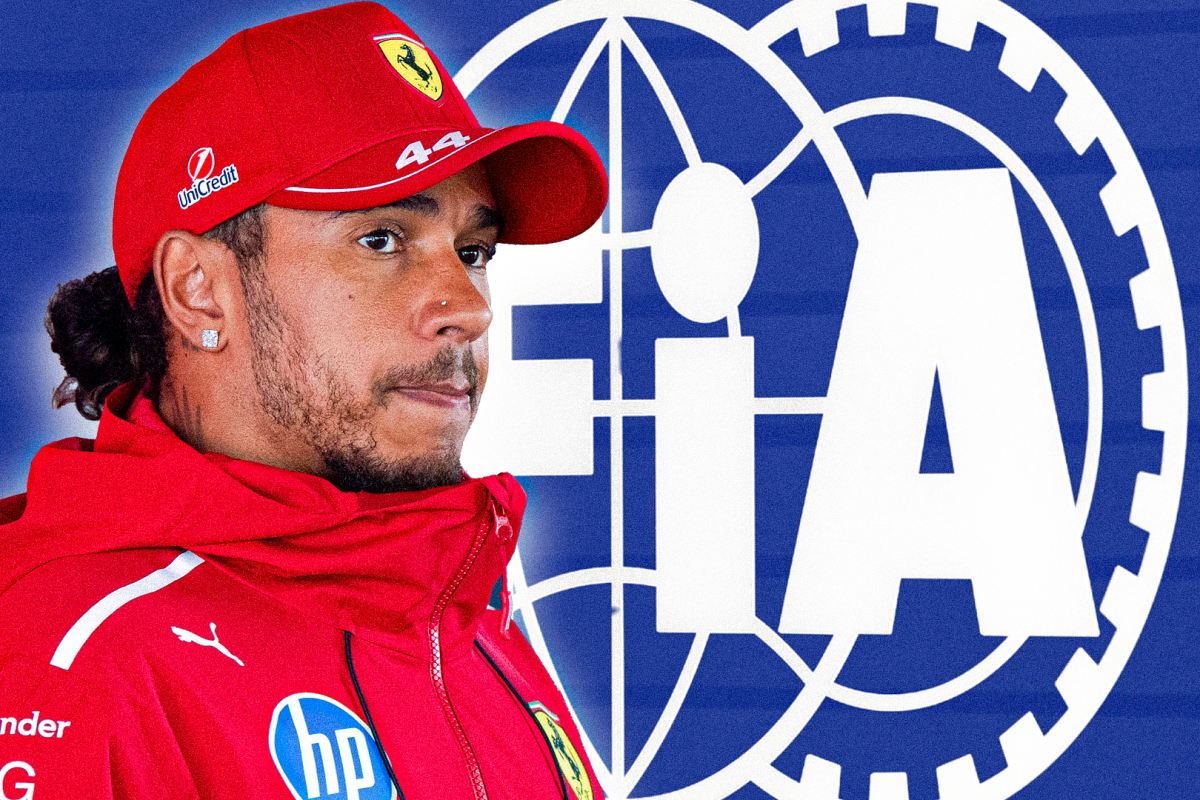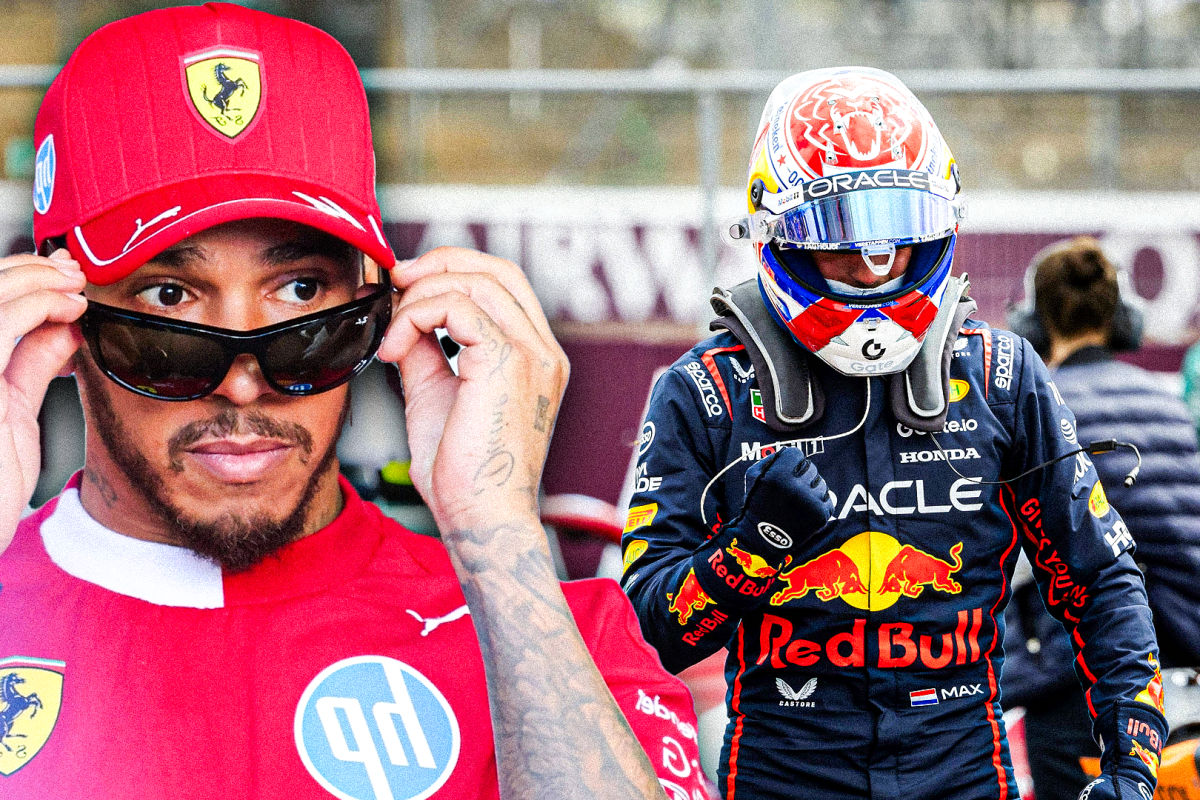Ferrari Boss Slams Hamilton-Sainz Friendship A… read more
Scuderia Ferrari’s team principal, Fred Vasseur, has ignited a firestorm of controversy within Formula 1 circles by seemingly prohibiting any form of interaction between seven-time world champion Lewis Hamilton and Ferrari driver Carlos Sainz. While Vasseur hasn’t explicitly issued a “ban,” his recent pronouncements suggest a strong disapproval of any perceived fraternization between the two drivers, particularly given the intense championship battle unfolding this season. The move has sparked heated debate regarding the boundaries of professionalism, team loyalty, and the very nature of competition in the high-stakes world of Formula 1.
The whispers of friction began circulating after several instances of seemingly amicable exchanges between Hamilton and Sainz were observed throughout the Monaco Grand Prix weekend. The pair, known to share a respectful professional relationship spanning several years, were seen engaging in casual conversation during practice sessions and the drivers’ parade. Although seemingly innocuous, these interactions have been interpreted by some as potentially undermining the fierce competition between Mercedes and Ferrari. Vasseur, known for his pragmatic and results-oriented approach, seemingly views these interactions as a potential breach of professional conduct, suggesting they could compromise Sainz’s focus on achieving victory against his direct rival, Hamilton.
Vasseur’s comments, while not directly stating a “ban,” have been interpreted as a veiled warning. In a post-race interview, he emphasized the importance of unwavering dedication and focus within the Ferrari team. He highlighted the need for each driver to prioritize their own performance and avoid any distractions, including interactions that could be perceived as favoring one driver over another. “We are here to win,” Vasseur stated bluntly. “Every member of the team, every driver, needs to be 100% focused on their own performance. Any distraction, however minor, can have significant consequences.” While he stopped short of explicitly naming Hamilton or Sainz, the timing and context of his remarks strongly suggest the target of his criticism.
The implication is that any perceived friendship between Sainz and Hamilton could inadvertently provide the Mercedes team with an advantage. This could involve the unwitting disclosure of strategic information or insights into Sainz’s driving style and race preparation. Such information, however subtle, could provide Hamilton and his team with a competitive edge, tilting the balance in an already fiercely contested championship. Vasseur’s stance emphasizes the cutthroat nature of Formula 1, where even seemingly insignificant interactions can have far-reaching consequences.
This incident raises broader questions about the level of control teams exert over their drivers’ personal and professional relationships. While teams understandably prioritize their own interests, the extent to which they can dictate drivers’ interactions outside the confines of the track remains a grey area. Critics argue that Vasseur’s apparent stance infringes upon the drivers’ autonomy and represents an excessive level of control. They point out that the drivers are adults capable of managing their professional and personal relationships without compromising their commitment to their respective teams.
The reaction from within the paddock has been mixed. Some team principals have expressed support for Vasseur’s position, suggesting that prioritizing team loyalty is paramount. Others, however, have condemned the apparent ban as heavy-handed and counterproductive. They argue that such strict measures could stifle morale and create an unnecessarily tense atmosphere within the sport. Furthermore, it is questioned whether the perceived risk of information leakage justifies such a severe restriction on personal relationships.
The debate surrounding the Hamilton-Sainz “ban” highlights the complex interplay between professional sportsmanship, team loyalty, and the fierce competition that defines Formula 1. While Vasseur’s focus on results is understandable, the methods used to achieve these results remain a subject of ongoing debate. Whether this incident marks a new level of control within Formula 1 teams or remains an isolated case remains to be seen, but it undoubtedly underlines the intense pressure and intricate dynamics that exist within the sport’s highest echelons. The coming races will reveal whether this unspoken directive significantly impacts the relationship between Sainz and Hamilton, and perhaps more broadly, alters the dynamics of the championship battle itself. The controversy promises to be a compelling subplot throughout the remainder of the season.
